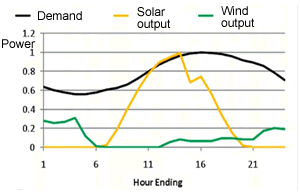Solar cells
Tiny packets of energy released from the Sun, called photons, bathe the Earth with enough energy every minute to meet the world's energy demand for one year.
This energy can be captured as heat or can be converted into electrical energy by photovoltaic cells.
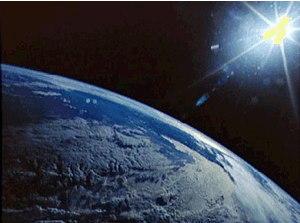
Photovoltaic cells are used in many places. You may have noticed some on the side of the freeway, such as the one shown on the right. These are used to provide electrical energy for small electrical devices.
When the sun is not shining the electrical device works off a battery. During sunny periods the photovoltaic cell is used to charge a battery which powers the electronics during the night or long periods of shade due to cloud cover.

The way electricity is generated is complex and involves a great deal of chemistry. We will keep the explanation simple.
Photons strike special molecules in the photovoltaic cell. Electrons in these molecules absorb the energy form the photon fly off the molecule and down and electric circuit following a path in an electric field that forces them to travel from positive to negative.
Along the way the circuit takes electrons through different electronic devices where their energy is used or through batteries where the energy is converted into chemical energy and stored.
Since electrons travel in a circuit they eventually return to the group of atoms from which they were lost. An electron doesn't return to the exact atom from which it was lost but will return to an atom in the group of atoms which lost their electron.
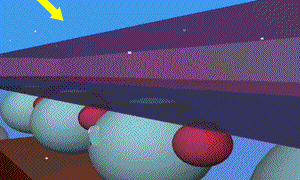
The problem with solar is that during peak demands, at night, solar energy is unable to deliver the required power. If this power source is to become feasible a way of storing energy during the day is needed so it can be used at night. This is possible in few ways.
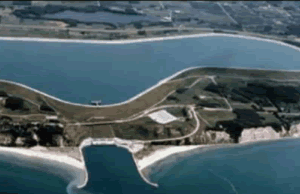
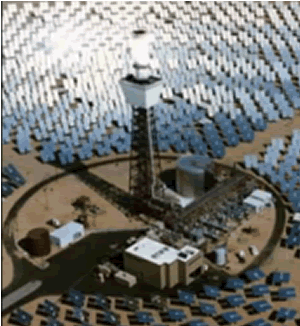
Consider the graph on the right. It shows demand for power over a 24 hour period and the output from solar and wind.
What are the disadvantages of using solar energy?
